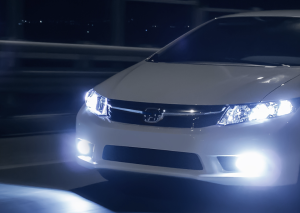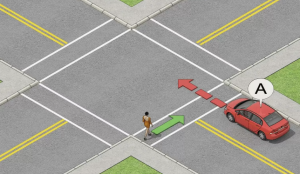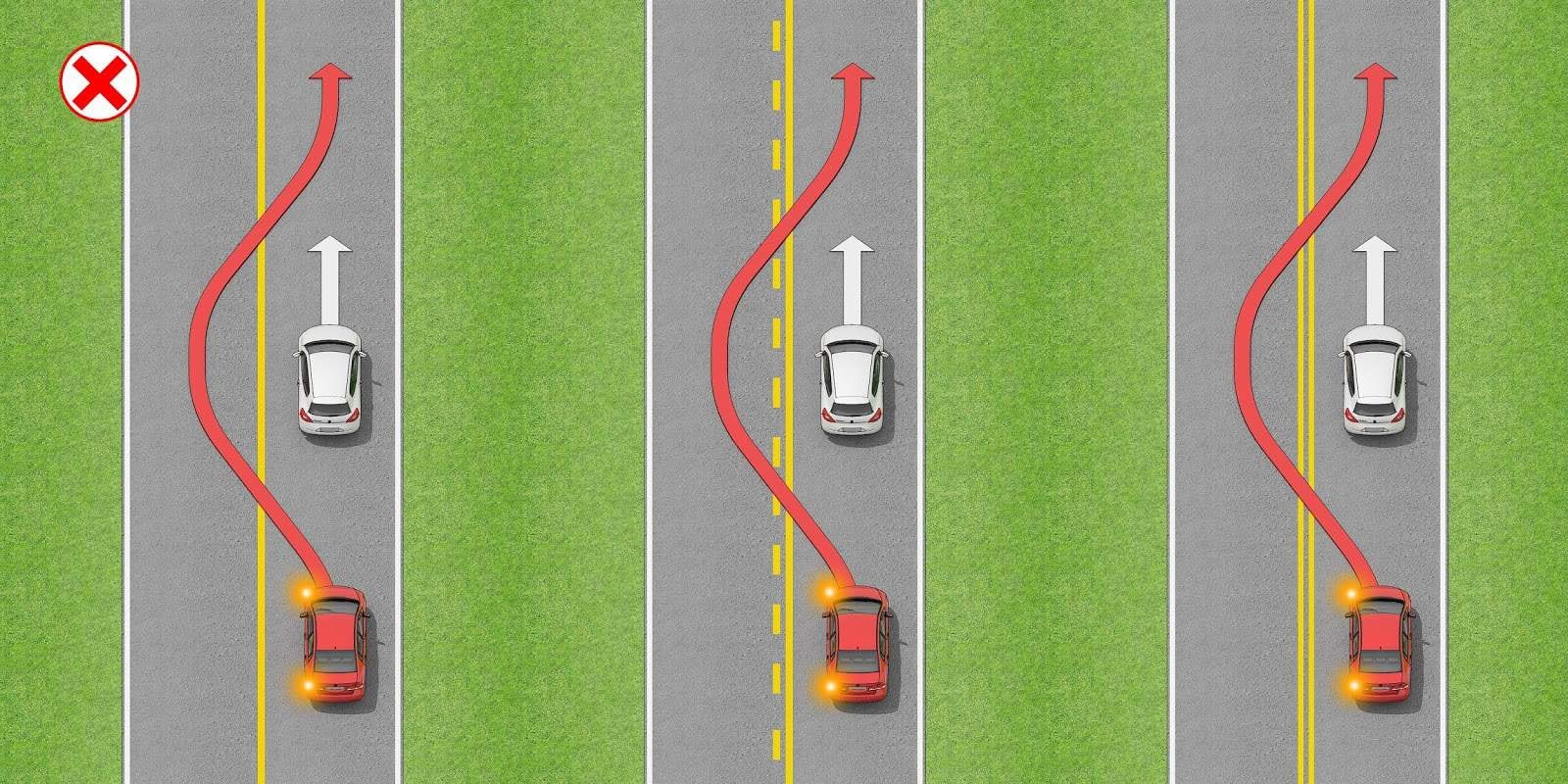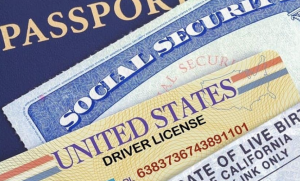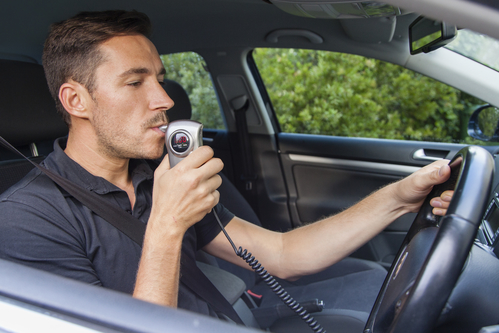
Many drivers unknowingly harm their cars with everyday habits. Here are the top ways you might be accidentally destroying your car—and what to do instead:
1. Ignoring Warning Lights
- 🔥 Check Engine, Oil, Battery—they’re not suggestions!
- ❌ Ignoring them can lead to engine failure, overheating, or a dead battery.
2. Riding the Brakes (or Clutch)
- 🛑 Constant braking—especially downhill—overheats brake pads.
- 🕹️ Riding the clutch (manual cars) wears it out faster and leads to expensive repairs.
3. Revving a Cold Engine
- 🚫 Revving right after startup (especially in cold weather) damages engine components.
- ✅ Let it idle gently for 30 seconds to circulate oil.
4. Running on Empty Often
- ⛽ Low fuel can overheat or damage the fuel pump.
- 🧊 It also increases the chance of debris entering your engine.
5. Skipping Oil Changes
- 🛢️ Old oil becomes dirty, leading to engine wear and overheating.
- ✅ Stick to your manufacturer’s oil change schedule (usually every 5,000–7,500 miles).
6. Hitting Potholes and Speed Bumps Too Fast
- 💥 Destroys tires, suspension, alignment, and even your undercarriage.
- ✅ Slow down and steer carefully when roads are rough.
7. Using the Wrong Fuel
- ⚠️ Using regular fuel in a premium-only engine can damage it.
- ✅ Always check your owner’s manual.
8. Overloading the Car
- 🚙 Too much weight strains the brakes, suspension, and tires.
- ✅ Stay within the Gross Vehicle Weight Rating (GVWR).
9. Not Rotating Tires
- 🔁 Causes uneven tire wear, worse handling, and shorter tire life.
- ✅ Rotate tires every 5,000–7,500 miles.
10. Neglecting Regular Maintenance
- 🔧 Skipping inspections, belt replacements, fluid checks, etc. leads to:
- Breakdown risk 🚫
- Expensive fixes 💸
- Lower resale value 📉
A lack of knowledge is one of the easiest ways you can harm your car! You should always be aware of just how dangerous the road is and try to improve your driving skills by taking driving lessons!


